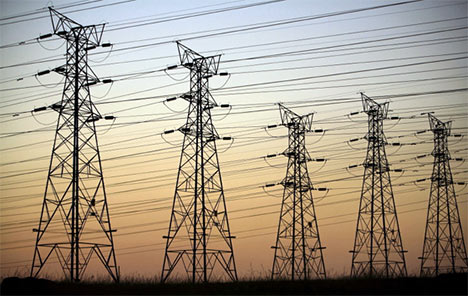Electrical Power Transmission might be just the transportation of Power from its point of generation to the points of distribution, but the art of making that process seamlessly efficient and smooth is where our expertise lies.
At PRISM, when we take upon ourselves the movement of power through the grid lines, we are not only transporting just POWER. We are transporting Quality and Reliability.


